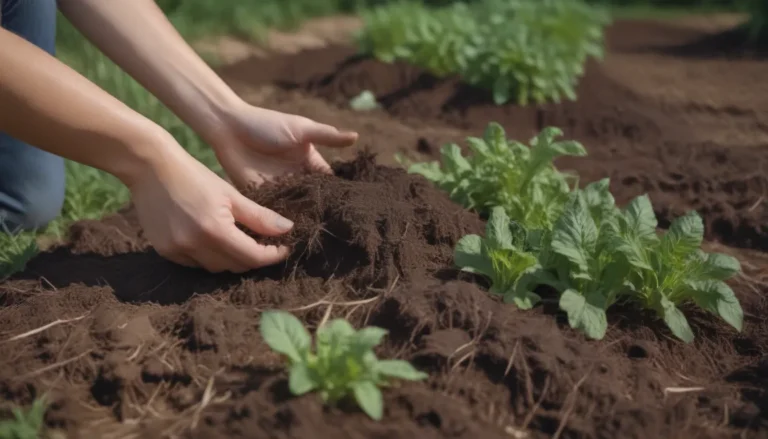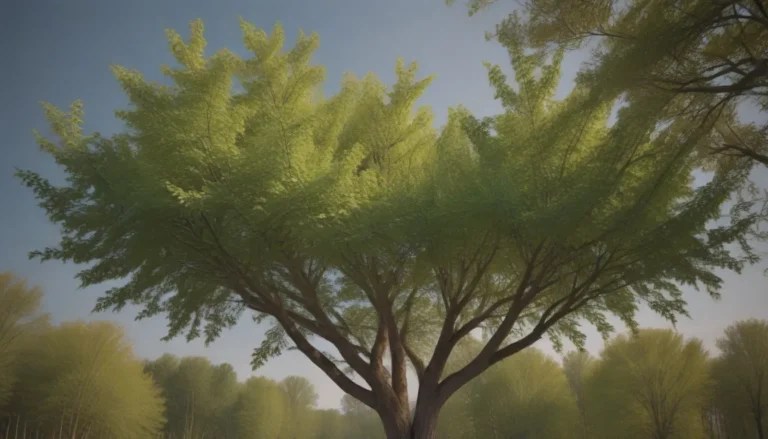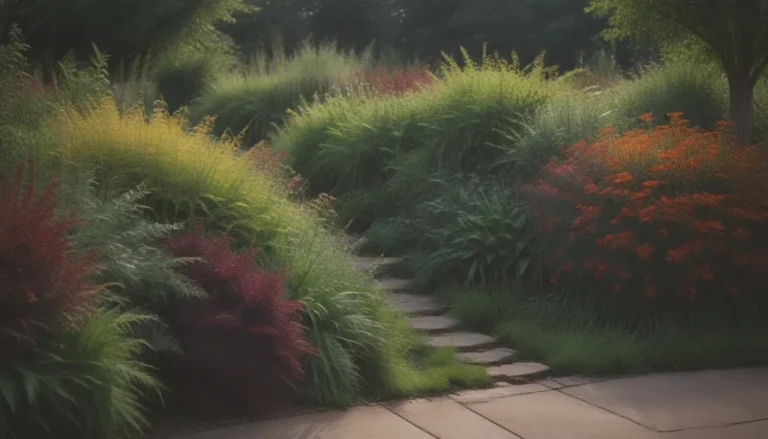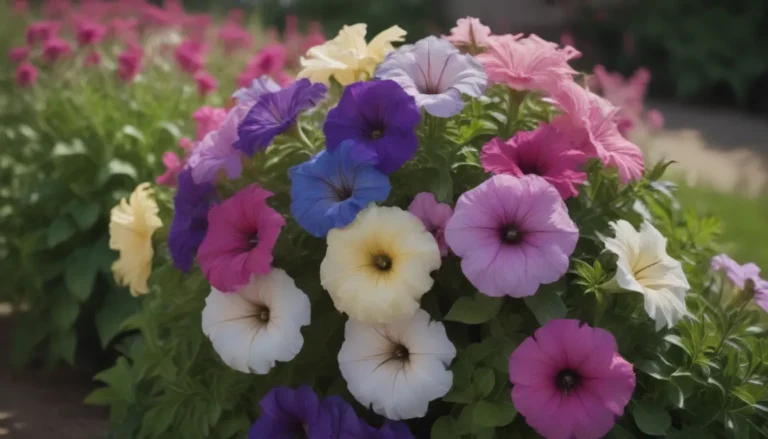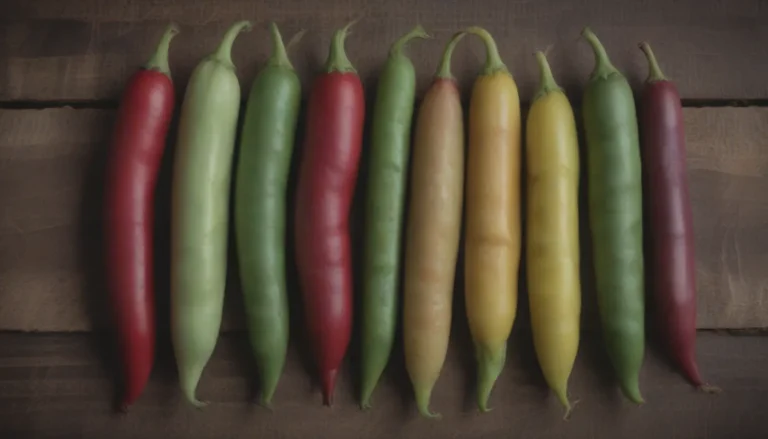Comprehensive Guide to Growing and Caring for Flapjack Succulents

Are you interested in adding a unique and eye-catching succulent to your plant collection? Look no further than the fascinating flapjack succulent, also known as paddle plants. These succulents are characterized by their flat, round leaves that grow in rosette clusters, making them a striking addition to any garden or indoor space. In this comprehensive guide, we will explore everything you need to know to successfully grow and care for flapjack succulents.
What are Flapjack Succulents?
Flapjack succulents belong to the Kalanchoe genus and are native to warm, dry climates in South Africa and surrounding areas. They are named for their paddle-shaped leaves that resemble the flapjacks or pancakes. These low-maintenance plants thrive in full sunlight and well-draining soil, making them an excellent choice for xeriscape landscaping in USDA zones 9-11. However, it’s essential to note that all members of the Kalanchoe genus, including flapjack succulents, are toxic to both humans and pets. So, take care when handling these plants.
Flapjack Succulent Care Tips
Flapjack succulents are relatively easy to care for, as long as you provide them with the right conditions. Here are some essential care tips to help your flapjack succulent thrive:
Light
Flapjack succulents love sunlight, but they can also tolerate partial sun. During the hot summer months, provide some protection from intense direct sunlight to prevent leaf scorch. In winter, proper lighting can help the leaves develop the characteristic red tips.
Soil
Like most succulents, flapjack plants prefer well-draining soil that doesn’t retain moisture. Choose a sandy or loamy soil mix designed for cacti and succulents to ensure proper drainage. When growing flapjack succulents indoors, opt for a clay pot with good drainage.
Water
Avoid overwatering your flapjack succulent, as these plants are drought-tolerant. Allow the soil to dry out completely between waterings, especially in hot weather. During winter, reduce watering or stop altogether. Water in the morning to allow the roots to absorb moisture before the sun sets.
Temperature and Humidity
Flapjack succulents thrive in dry, hot climates and are not cold-hardy. If temperatures drop below 20 degrees Fahrenheit, consider bringing them indoors. These plants prefer low humidity environments, similar to their natural arid landscapes.
Fertilizer
Feed your flapjack succulent with a balanced, diluted fertilizer during the growing season in spring and summer. Over-fertilizing can harm the plant, so apply fertilizer sparingly every couple of months.
Types of Flapjack Succulents
There are several varieties of flapjack succulents, each with its unique characteristics. Some popular types include:
– ‘Red-fruited flapjack’
– ‘Yellow-fruited flapjack’
– ‘Blue-fruited flapjack’
Pruning and Propagating Flapjack Succulents
Pruning
Flapjack succulents require minimal pruning. Remove dead flowers and leaves to maintain the plant’s health and appearance. If the plant becomes leggy, trim it back with pruning shears to encourage a compact growth habit.
Propagating
Flapjack succulents can be easily propagated from cuttings or individual leaves. Wear gloves when handling these plants, as the sap may cause skin irritation. Propagation is best done after the plant has stopped flowering in late spring or early summer. These fast-growing plants readily produce new offsets that can be potted to create new plants.
Potting and Repotting Flapjack Succulents
Repot your flapjack succulent in late summer or fall after the blooming period. Use a pot with drainage holes and cactus or succulent potting soil. Avoid oversized pots, as flapjack succulents thrive when slightly root-bound.
Overwintering and Common Pests
Bring your flapjack succulent indoors during winter to protect it from cold temperatures. Watch out for common pests like spider mites, whiteflies, and mealybugs, which can be controlled with neem oil or insecticidal sprays. Prevent fungal diseases by avoiding overwatering and ensuring proper air circulation.
How to Get Flapjack Succulents to Bloom
Flapjack succulents typically bloom in late winter through early spring. To encourage blooming, provide adequate sunlight and fertilize the plant as needed. Remove spent flowers and propagate new growth for a thriving succulent garden.
In conclusion, flapjack succulents are delightful plants to grow, with their unique appearance and low-maintenance care requirements. By following these tips and guidelines, you can enjoy a flourishing collection of flapjack succulents in your home or garden. Remember to provide ample sunlight, well-draining soil, and occasional fertilization to keep your succulents healthy and vibrant.
Happy gardening!
